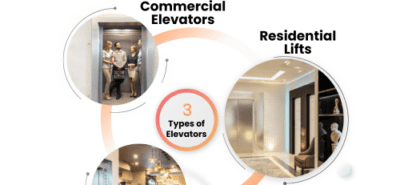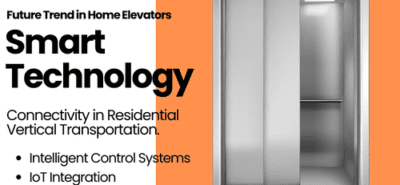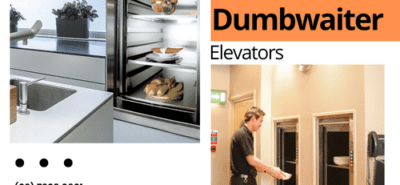Key Considerations When Buying a Dumbwaiter Lift
Dumbwaiter lifts have become indispensable in both commercial and residential settings, offering a convenient and efficient solution for transporting goods between different floors. However, before making an investment in a dumbwaiter lift, it is vital to carefully consider several crucial factors to ensure a well-informed decision. In this blog post, we will explore the key considerations that can assist you in selecting the right dumbwaiter lift tailored to your specific needs.
Key Considerations When Buying a Dumbwaiter Lift
Weight Capacity: One of the primary factors to take into account is the weight capacity of the dumbwaiter lift. Assess the average weight of the items you intend to transport and choose a lift that can effectively handle the load. Overloading the lift can pose safety hazards and lead to premature wear and tear.
Size and Dimensions: Evaluate the available space where the dumbwaiter lift will be installed. Consider the lift’s width, depth, and height to ensure it fits within the allocated space without any obstructions or modifications.
Speed and Efficiency: Different dumbwaiter lifts offer varying speeds and levels of efficiency. Evaluate your requirements in terms of speed and turnaround time for transporting goods between floors. Selecting a lift that meets your specific time constraints and workflow demands will enhance productivity and streamline operations.
Safety Features: Safety should be prioritized when choosing a dumbwaiter lift. Look for lifts equipped with essential safety features such as door interlocks, emergency stop buttons, and overload protection. Ensure that the lift adheres to relevant safety standards and regulations.
Installation and Maintenance: Consider the ease of installation and ongoing maintenance requirements. Consult professionals to determine the complexity and cost of installation. Additionally, inquire about regular maintenance and servicing to keep the lift in optimal condition and prevent operational disruptions.
Noise and Vibration: Depending on the intended use and location of the dumbwaiter lift, noise and vibration levels may be of concern. Some lifts are designed to minimize noise and vibrations, making them suitable for environments that require quiet operation.
Customization Options: Evaluate the available customization options for the dumbwaiter lift. Different lifts offer various finishes, door configurations, and control systems. Choose a lift that can be customized to match the aesthetics and functionality requirements of your building or facility.
Budget and Long-Term Costs: Determine your budget and assess the long-term costs associated with the dumbwaiter lift. Consider factors such as the initial purchase price, installation expenses, ongoing maintenance, and potential repairs. Balancing upfront costs with long-term value is crucial for making a cost-effective decision.
Conclusion:
Investing in a dumbwaiter lift can significantly enhance efficiency and convenience in transporting goods within your premises. By carefully considering factors such as weight capacity, size, safety features, and customization options, you can select a dumbwaiter lift that aligns with your specific requirements. Remember to evaluate installation and maintenance aspects, as well as the long-term costs associated with the lift. Making an informed decision will ensure the selection of a high-quality dumbwaiter lift that effectively serves your needs for years to come.











